Increasing Health Awareness
The food fortifying-agents market is experiencing growth driven by a notable increase in health awareness among consumers. As individuals become more conscious of their dietary choices, there is a rising demand for products that offer enhanced nutritional benefits. This trend is particularly evident in the US, where surveys indicate that approximately 70% of consumers actively seek fortified foods to improve their health. The food fortifying-agents market is thus responding to this demand by innovating and expanding product lines that cater to health-conscious consumers. Additionally, the prevalence of lifestyle-related health issues, such as obesity and diabetes, has further propelled the need for fortified foods, as they can help address nutritional deficiencies and promote overall well-being.
Consumer Preference for Functional Foods
Consumer preference for functional foods is reshaping the food fortifying-agents market. As individuals increasingly seek foods that provide health benefits beyond basic nutrition, the demand for fortified products is on the rise. Functional foods, which include those enhanced with vitamins, minerals, and probiotics, are becoming staples in many households. The food fortifying-agents market is adapting to this trend by developing innovative products that cater to the functional food segment. Market Research Future suggests that the functional food sector is expected to grow by approximately 8% annually, indicating a robust opportunity for fortifying agents that enhance the health benefits of everyday foods. This shift in consumer behavior underscores the importance of fortification in meeting evolving dietary preferences.
Regulatory Support for Food Fortification
Regulatory support for food fortification plays a pivotal role in the food fortifying-agents market. Government initiatives aimed at improving public health through nutrition have led to the establishment of guidelines and standards for fortifying various food products. In the US, agencies such as the FDA and USDA have implemented policies that encourage the fortification of staple foods with essential nutrients. This regulatory framework not only promotes the consumption of fortified foods but also instills consumer confidence in their safety and efficacy. The food fortifying-agents market is likely to benefit from these supportive measures, as they create a conducive environment for innovation and growth, ultimately enhancing the availability of fortified products in the marketplace.
Rising Incidence of Nutritional Deficiencies
The rising incidence of nutritional deficiencies in the US population is a critical driver for the food fortifying-agents market. Reports indicate that a significant portion of the population lacks essential nutrients, such as vitamins D and B12, iron, and calcium. This situation has prompted both consumers and health professionals to advocate for fortified foods as a viable solution to combat these deficiencies. The food fortifying-agents market is thus positioned to expand as more consumers turn to fortified products to meet their nutritional needs. Additionally, public health campaigns aimed at raising awareness about the importance of micronutrients are likely to further stimulate demand for fortified foods, reinforcing the market's growth trajectory.
Technological Advancements in Food Processing
Technological advancements in food processing are significantly influencing the food fortifying-agents market. Innovations in food technology enable manufacturers to incorporate a wider range of fortifying agents into various food products, enhancing their nutritional profiles. For instance, advancements in microencapsulation techniques allow for the stable incorporation of vitamins and minerals, ensuring their bioavailability. The food fortifying-agents market is likely to benefit from these developments, as they facilitate the production of fortified foods that meet consumer demands for convenience and nutrition. Furthermore, the market is projected to grow at a CAGR of around 5% over the next five years, driven by these technological improvements that enhance product quality and safety.


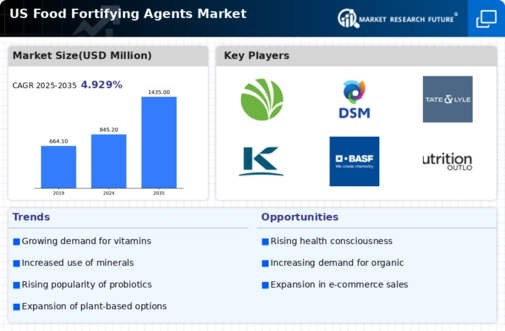
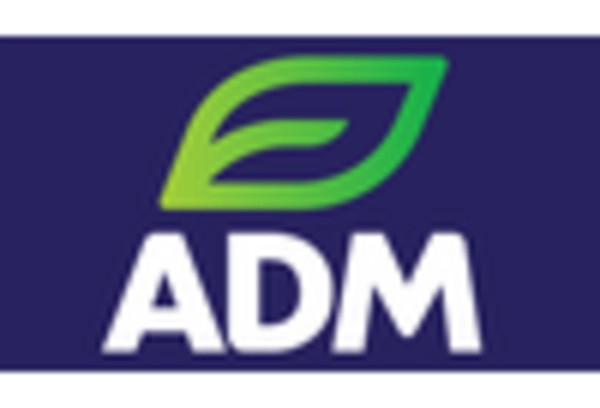

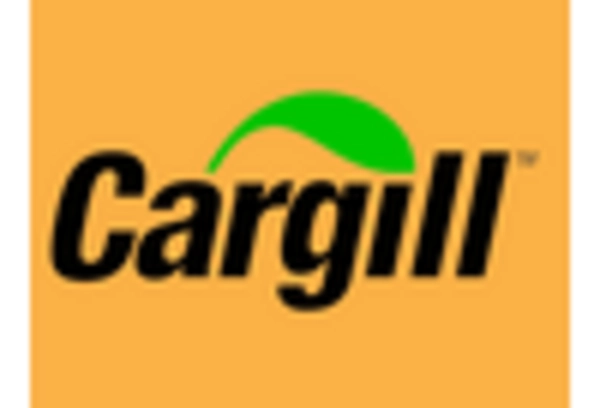

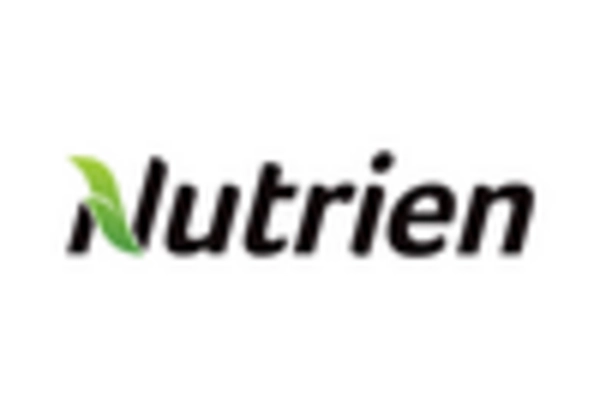
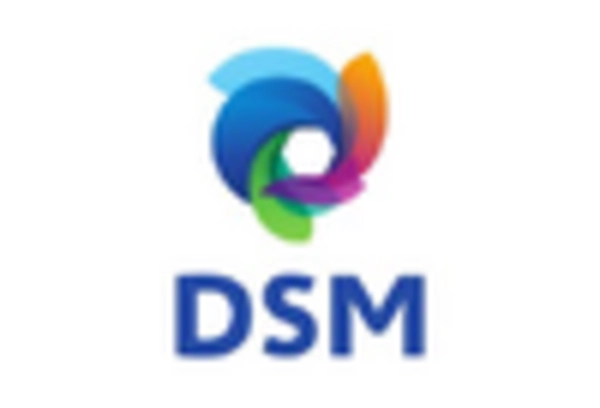








Leave a Comment